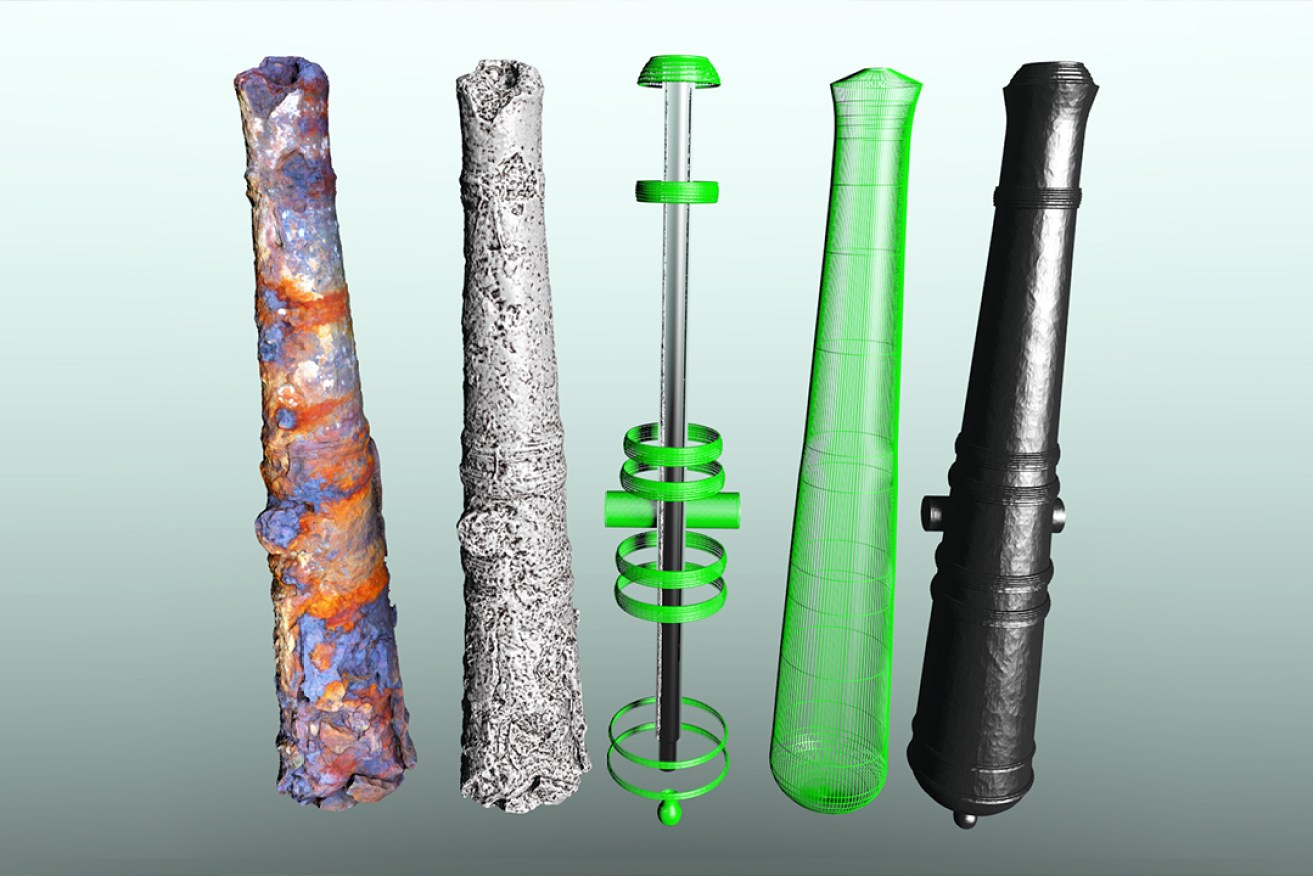
3D modelling brings shipwrecks to life
Some of the most advanced 3D modelling techniques helped bring shipwrecks to life at a Maritime Archaeology workshop in Adelaide last week.

Techniques on display included a 3D underwater survey using a technique called photogrammetry and marine laser scanning, high-resolution seabed and sub-seabed sonar survey, and a range of visualisation techniques including colour 3D printing of shipwreck sites.
Among the leading technologies on show at the Bedford Park campus was a presentation about the Crabster, a sophisticated submersible robot under development in Korea.
Students took advantage of a cutting-edge 3D visualisation invention being developed in South Australia – the ‘Voxiebox’ holographic projector that has just received $1m in funding from local investors.
The Star Wars-inspired Voxiebox, created by Adelaide inventors Will Tamblyn and Gavin Smith, will be used to generate 3D projections of shipwrecks for maritime archaeology and other research purposes.
Flinders, which has one of the world’s leading Maritime Archaeology programs and is current Chair of the UNESCO UNITWIN Network for Underwater Archaeology, hosted an impressive array of international experts for last week’s event.
These included Dr Kalliopli Baika from Aix-Marseille Universite in France; Dr James Hunter III from the Australian National Maritime Museum, Zaid Morsey from Alexandria University, Egypt; Dr Barbara Davidde from the Istituto Superiore per la Conservazione ed il Restauro, Italy; and Dr YonHwa Jung from the National Research Institute of Maritime Cultural Heritage in South Korea.
Flinders archaeologist Dr Jonathan Benjamin said the event showcased some of the most advanced technologies and techniques being used to help archaeologists reconstruct underwater sites all over the world.
“Surveying and reconstructing underwater sites comes with some obvious challenges that the technology we will be looking is helping us to overcome, often in dramatic fashion,” Dr Benjamin said.
“We’ll be demonstrating the technology and techniques by bringing more sites, shipwrecks and artefacts to life than you would normally get to see in years of research, so this is a really rare opportunity.”
Flinders PhD candidate John McCarthy, who recently moved to Flinders from Wessex, has worked on some of the UK’s most dramatic 3D underwater archaeology reconstructions.
He will demonstrate how a combination of advanced underwater surveying and 3D printing allowed him to resurrect everything from lost cannons to entire ships.




